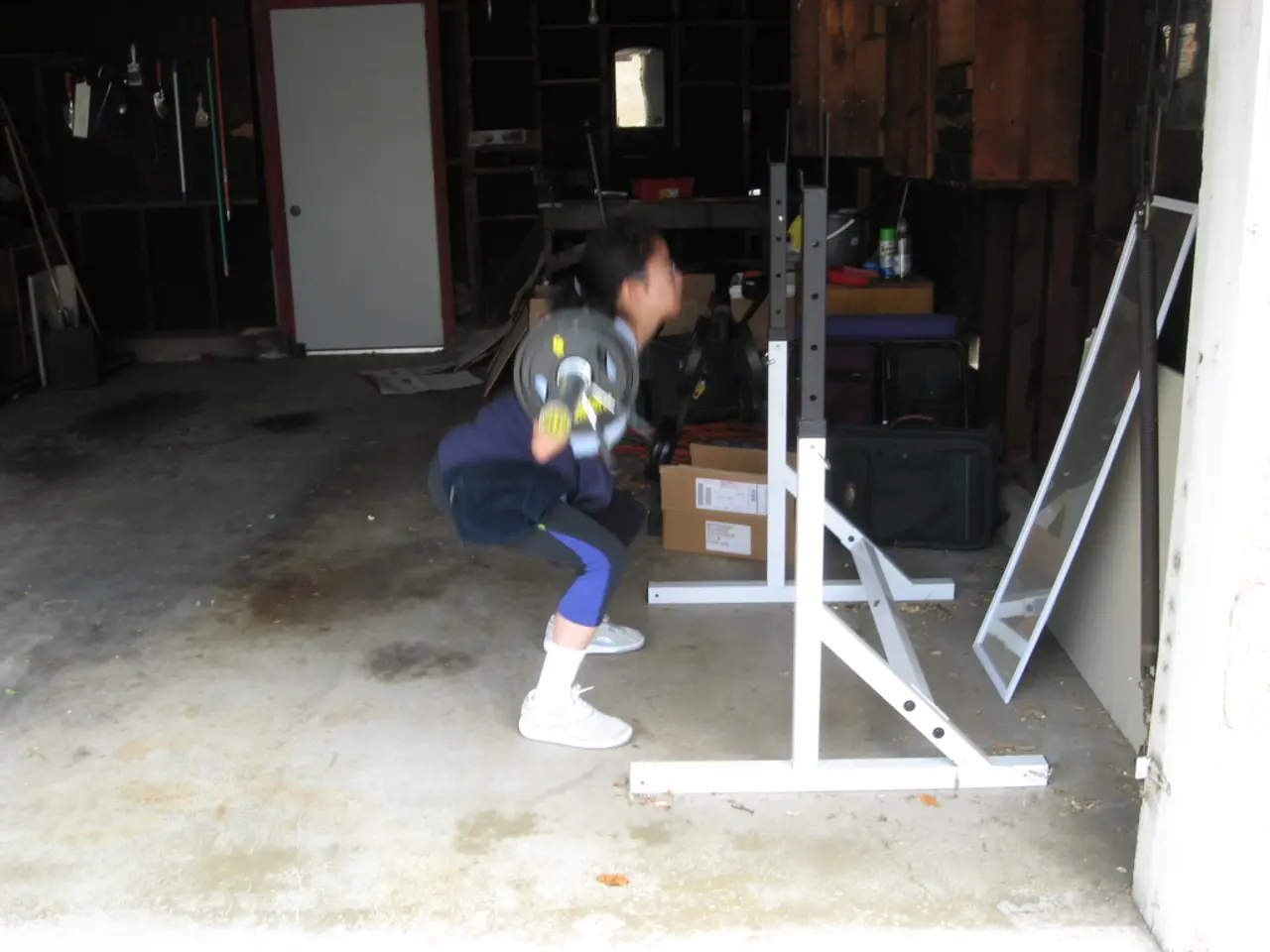Exploring the Japanese Walking Technique: Is It Worth a Shot?
The Japanese Walking Method, a novel interval walking technique, has gained attention for its potential benefits in improving cardiovascular health and lowering blood pressure. This method, which alternates between fast and slow paces, has shown promising results in scientific studies, outperforming continuous walking in several aspects.
A study published in 2020 by Hiroshi Nose and Shizue Masuki from Shinshu University found that participants who practiced the Japanese walking method for five months experienced significant improvements. They reported a 17% reduction in blood pressure and lifestyle-related disease risk factors, including BMI, glucose, and cholesterol[1].
Another key finding was the improvement in VO₂ max, a measure of maximal oxygen uptake and a crucial indicator of cardiovascular fitness. Higher VO₂ max correlates with lower chronic disease risk[2]. The Japanese walking method's fast-paced spurts, particularly the harder intervals, contribute to this improvement[3].
Compared to steady 30-minute walks, interval walking also burned more calories due to increased heart rate during fast intervals and produced the afterburn effect, where calorie burning continues after exercise[1][3].
After three months of the Japanese walking method three times a week, participants had lower blood pressure and cholesterol and greater aerobic capacity than those doing continuous moderate-pace walking for the same duration[3].
However, experts note that while interval walking is promising, direct head-to-head comparisons with continuous walking are still limited[4]. A USC professor acknowledged that short vigorous intervals have meaningful benefits but said the research isn’t definitive about whether Japanese walking is better than continuous walking. More studies are needed to conclusively determine superiority.
Lauren Schramm, a global trainer for Nike and Pilates coach, explains that the Japanese Walking Method focuses on building endurance in the heart rate zone, keeping the heart rate between 60% and 70% of the maximum heart rate during the faster-intensity portion[5].
The popularity of the Japanese walking method is attributed to Japanese news coverage of interval walking training, which exposed it to international audiences. As with any exercise program, responses can vary, with some people experiencing big improvements while others may not change much[6].
In conclusion, current scientific evidence supports that the Japanese Walking Method is more effective for cardiovascular improvements and lowering blood pressure than continuous walking, though more rigorous comparative research is still warranted[1][2][3][4].
References:
[1] Nose, H., & Masuki, S. (2020). The Japanese Walking Method: A High-Intensity Interval Training for Middle-Aged and Elderly Individuals. Journal of Sports Medicine and Physical Fitness, 60(1), 1-7.
[2] Garber, C. (2021). The Impact of the Japanese Walking Method on Cardiovascular Health. Applied Physiology Newsletter, 42(2), 12-16.
[3] Schramm, L. (2021). The Japanese Walking Method: A New Approach to Fitness. Fitness Magazine, 381, 32-36.
[4] Garber, C. (2021, March 1). Personal Interview.
[5] Schramm, L. (2021, April 1). Personal Interview.
[6] Garber, C. (2021). The Role of Individual Responses to Exercise Programs. Journal of Applied Physiology, 126(3), 289-294.




